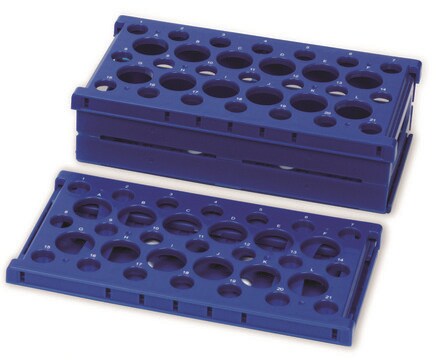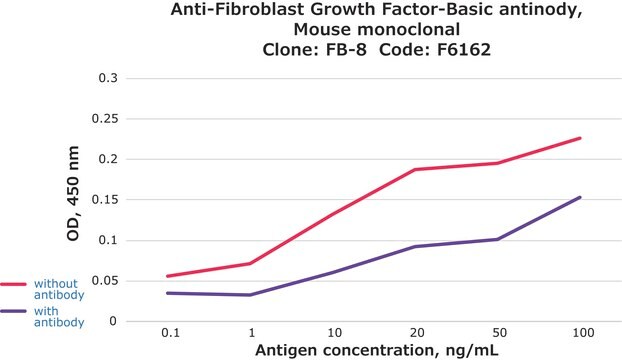추천 제품
일반 설명
Sequenced-verified shRNA lentiviral plasmids (pLKO.1-puro) are provided as purified plasmid DNA suitable for virus production and transient transfection. DNA is provided in 40 μl aliquots per well in Tris,EDTA (TE) solution. An average of 2 μg per clone is provided per well with a range from 400 ng to 4 μg. The set comes in 96-well plates that are barcoded for simple identification. A CD containing RefSeq, gene description, gene symbol, clone ID, hairpin sequence, locus link, and plate map positions are provided with the gene family set.
기타 정보
Each MISSION shRNA clone is constructed within the lentivirus plasmid vector, pLKO.1-Puro, followed by transformation into Escherichia coli. The pLKO.1-Puro vector contains bacterial (ampicillin) and mammalian (puromycin) antibiotic resistance genes for selection of inserts in either bacterial or mammalian cell lines. Each clone set consists of an average of 3-5 constructs that have been designed against each target gene using a proprietary algorithm. Therefore, a range of knockdown efficiency, with at least one construct from each gene set being >70%, can be expected when using these clones. This allows one to examine the effect of loss of gene function over a large series of gene knockdown efficiencies. Each shRNA construct has been cloned and sequence verified to ensure a match to the target gene.
For a detailed listing of other available gene family sets, visit the gene family set website.
Number of Genes: 242, Number of Clones: 1865
The exact gene and clone count at time of purchase may vary slightly as the TRC library is continually updated.
법적 정보
Use of this product is subject to one or more license agreements. For details, please see http://sigmaaldrich.com/missionlicense .
MISSION is a registered trademark of Merck KGaA, Darmstadt, Germany
시험 성적서(COA)
제품의 로트/배치 번호를 입력하여 시험 성적서(COA)을 검색하십시오. 로트 및 배치 번호는 제품 라벨에 있는 ‘로트’ 또는 ‘배치’라는 용어 뒤에서 찾을 수 있습니다.
Alejo Efeyan et al.
Cell cycle (Georgetown, Tex.), 6(9), 1006-1010 (2007-04-26)
The process of malignant transformation universally entails genetic damage and oncogenic signaling, two stresses that are signaled to p53 through different genetic pathways. Based on this, it is possible to distinguish two jobs for p53: "guardian of the genome" that
Indrani Bose et al.
Journal of biosciences, 32(5), 991-997 (2007-10-05)
The p53 protein is well-known for its tumour suppressor function. The p53-MDM2 negative feedback loop constitutes the core module of a network of regulatory interactions activated under cellular stress. In normal cells, the level of p53 proteins is kept low
문서
We present an article about how proliferating cells require the biosynthesis of structural components for biomass production and for genomic replication.
자사의 과학자팀은 생명 과학, 재료 과학, 화학 합성, 크로마토그래피, 분석 및 기타 많은 영역을 포함한 모든 과학 분야에 경험이 있습니다..
고객지원팀으로 연락바랍니다.








